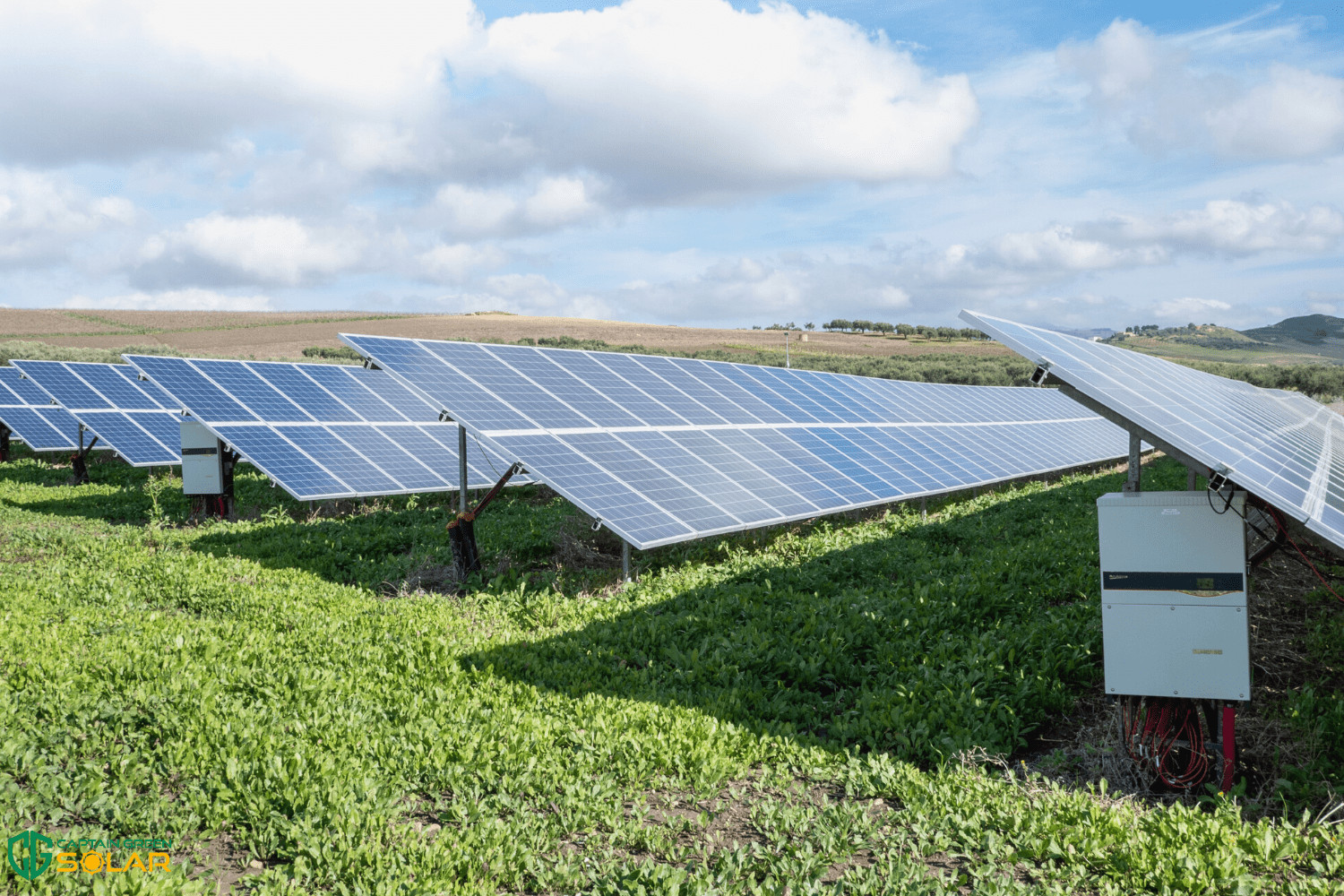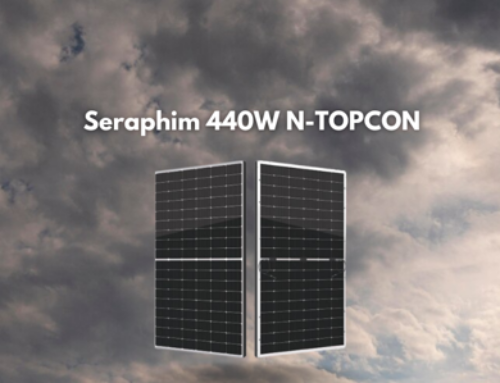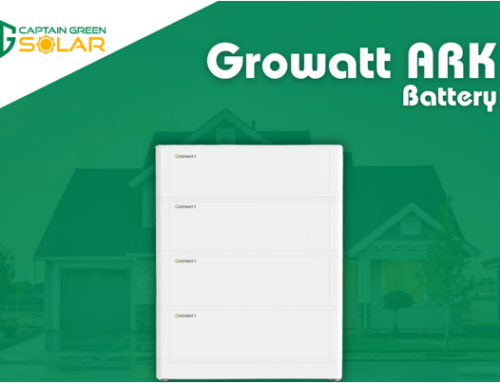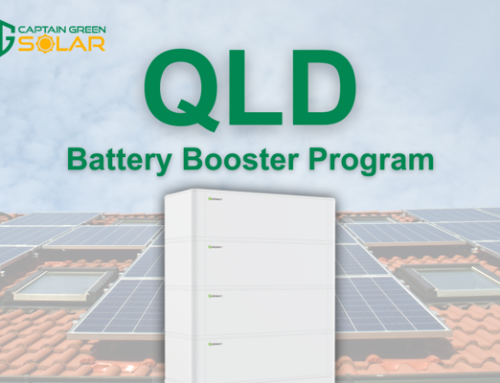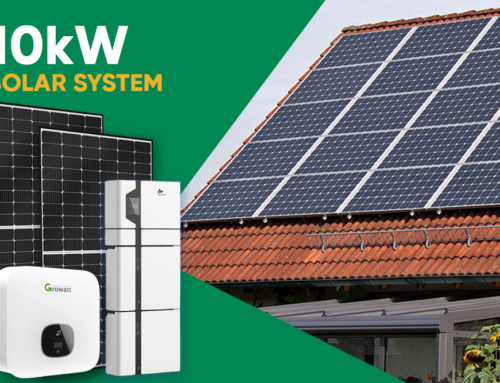As we enter a sweltering, sun-drenched summer here in Australia, it’s easy to imagine how the sun is a powerful energy source. According to National Geographic, the sun radiates as much energy as people use in all other forms in a year in just 15 minutes.
In recent years, solar panels have become more accessible than ever due to manufacturing efficiencies. Solar panels are now visible on the rooftops of many households and commercial properties, particularly in new building estates. According to the Solar Energy Industry Association (SEIA), the solar industry has been averaging an annual growth rate of 50% in the last decade. Looking around us, we’re not surprised! But what are solar panels made of and how are solar panels made remains a mystery to many people contemplating installing solar panels to their home, business, farmlands or properties.
At Captain Green, we do not doubt that solar panels will be lighting up our neighbourhoods in the coming years. If you’re considering installing solar panels, you might be wondering “what are solar panels made of?”, and “how are solar panels made?”. The experts at Captain Green are here to answer these questions.
What Are Solar Panels Made Out Of?
So, what are solar panels made out of? There are a few core ‘ingredients’ that create solar panels.

The Materials
- Silicone
- Solar cells
- Glass
Most solar panels are made from silicon wafers, more commonly known as sand. Silicon is great for our planet because it is available in abundance. In fact, according to LG, silicon makes up 30% of the earth’s crust. It is the second most available element on earth, second only to oxygen.
Essentially, solar cells are what solar panels are made of. To create solar cells, crystalline silicon is sliced into a few millimetre thin wafers. These wafers are then cut to shape and polished to contribute to an overall solar panel which creates electricity through particles of light (photons). We’ll get into the science behind this a bit later.
First, to answer “what are solar panels made out of?” in more depth, we’re going to outline the step-by-step production process. Although the sun is a renewable energy source and manufacturing processes have become more efficient in recent years, solar panels’ production is cumbersome and somewhat expensive.
What Are Solar Panels Made of: The Production Process
Step 1: Sand Is Converted to Crystallised Silicone
We now know what is used to make solar panels. However, making silicon from sand uses a lot of energy and is a costly process. Crystallised silicon is made from sand at a very high temperature in a furnace. The method of heating the sand in the furnace creates solid silicone rocks, which are collected from the bottom once it has cooled.
Step 2: The Formation of Ingots
The rocks of crystallised silicone that are collected from the bottom of the furnace are then melted together. This process forms ingots, which is essentially a block of metal in a solid cylindrical shape. When the silicone is melted together, the machine operator ensures that the atoms align throughout the process and infuses boron. The infusion of boron gives ingots positive electricity polarity, which is essential later in the process.
Step 3: Grind, Polish And Wafer
Once the silicone ingots have completely cooled, they are ground and polished to produce smooth, flat sides. Once the ingot is smooth and even, manufacturers slice discs, also known as silicon wafers, that are only a few millimetres thick. The silicon wafers are cut as thinly as possible to reduce waste and increase production efficiencies.
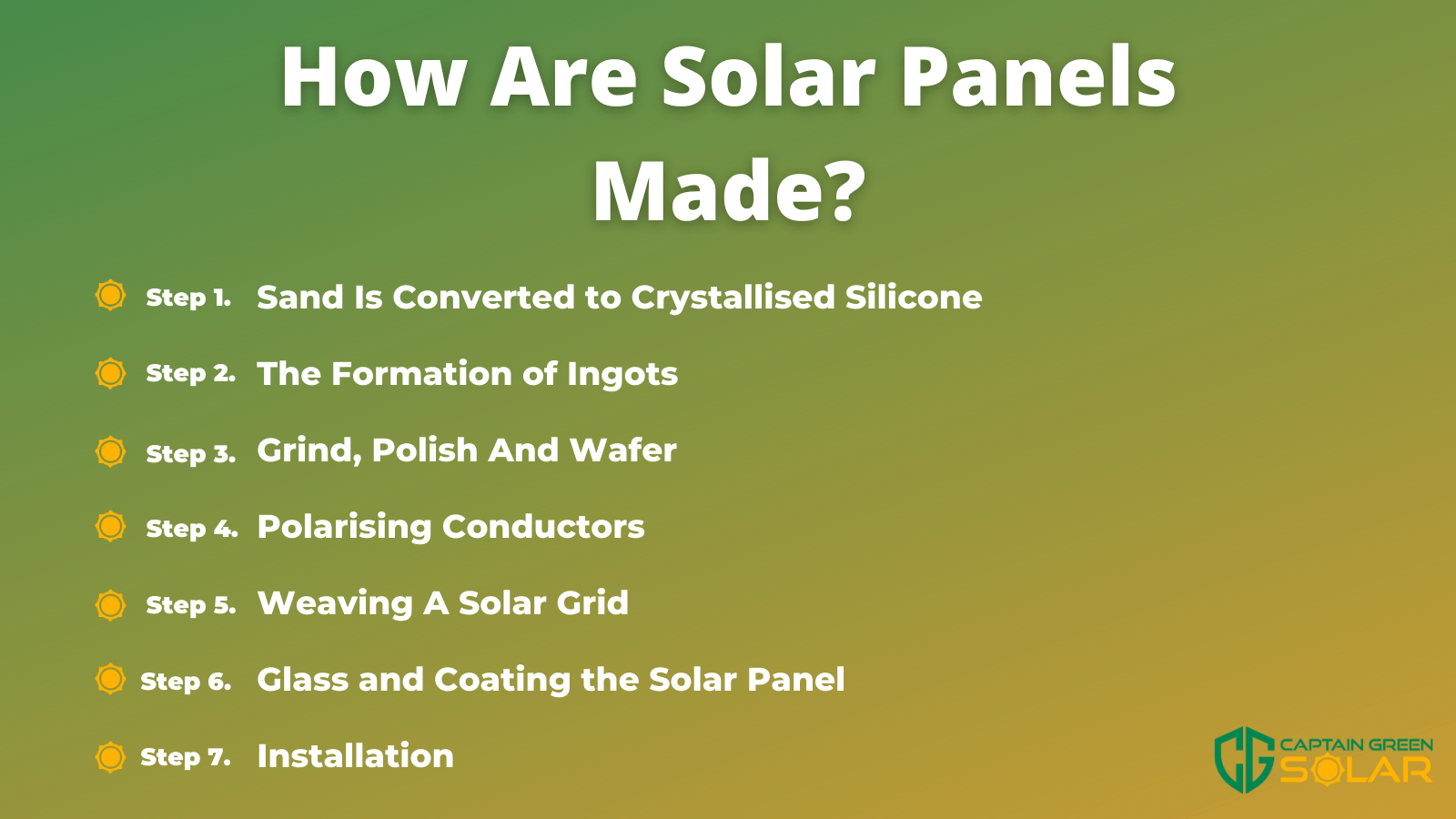
Step 4: Polarising Conductors
A metal conductor, such as boron, is added to the silicon wafers. Two types of silicone are formed:
- N-type silicone: this lies on the surface of the solar panel.
- P-type silicone: this lies below the N-type silicon.
We know from physics that positive and negative energy will attract or repel each other. The treatment of the N-type silicon and P-type silicone creates a power imbalance in the solar panel. As a result of this imbalance, the N-type and P-type silicon wafers will try to fill the voids in each other.
Step 5: Weaving A Solar Grid
The solar cells, or N-type and P-type silicones, are imbalanced to conduct energy, so when forming the solar panel, the silicones are layered and soldered together in a grid-like matrix. When sunlight hits the panel, the imbalance stimulates the imbalanced silicone electrons to move to correct each other. This process occurs repeatedly, and it is this repetition that generates electricity.
Step 6: Glass and Coating the Solar Panel
Robust and weatherproof glass is what are solar panels made of in the outer layer. The glass is added during the manufacturing process, and the solar panels are coated with an anti-reflective coating which encourages the absorption of sunlight, rather than reflecting it.
Step 7: Installation
Solar panels are then installed in a sun-drenched location at the property by a team of experts who will link the solar panel to your existing power systems. Typically, during residential installation, solar panels are added to the roof as it is an area that has high sun exposure, and is often a discrete location that won’t impact the façade of the home.
Now that we have explained what are solar panels made of, let’s take a closer look at the science behind solar panels.
How Do Solar Panels Work: The Science
We’ve now answered, “what are solar panels made of?” and “how do solar panels work?”, it’s time to explain the scientific process behind converting particles of light from the sun into energy. Not interested in the science behind solar panels? We recommend skipping this section and heading straight into the aspects that will affect your decision to purchase and install a solar panel package; “how much energy do solar panels produce?”.
Solar panels are composed of many photovoltaic (PV) cells linked together that convert sunlight into electricity. Photovoltaic cells were initially discovered by a French physicist, Edmond Becquerel in the 1800s, but it wasn’t until 1954 that Bell Labs created the first practical silicon solar cell.
As previously explained, solar panels generate power through the power imbalances in the silicone discs or wafers that continuously correct each other. The N-type silicon is a pure form that has one extra electron. The P-type silicone has one less electron and impurities, typically from an infusion of boron. The result of this electron imbalance is that when the sun hits the solar panel, the electrons begin to move around, attempting to fix the other’s shortfalls. When photons, knock electrons free from atoms, it generates electricity.
The electricity collected from the solar panels is converted from direct current to alternating current through an inverter. The electricity feeds back into the property’s electricity system.
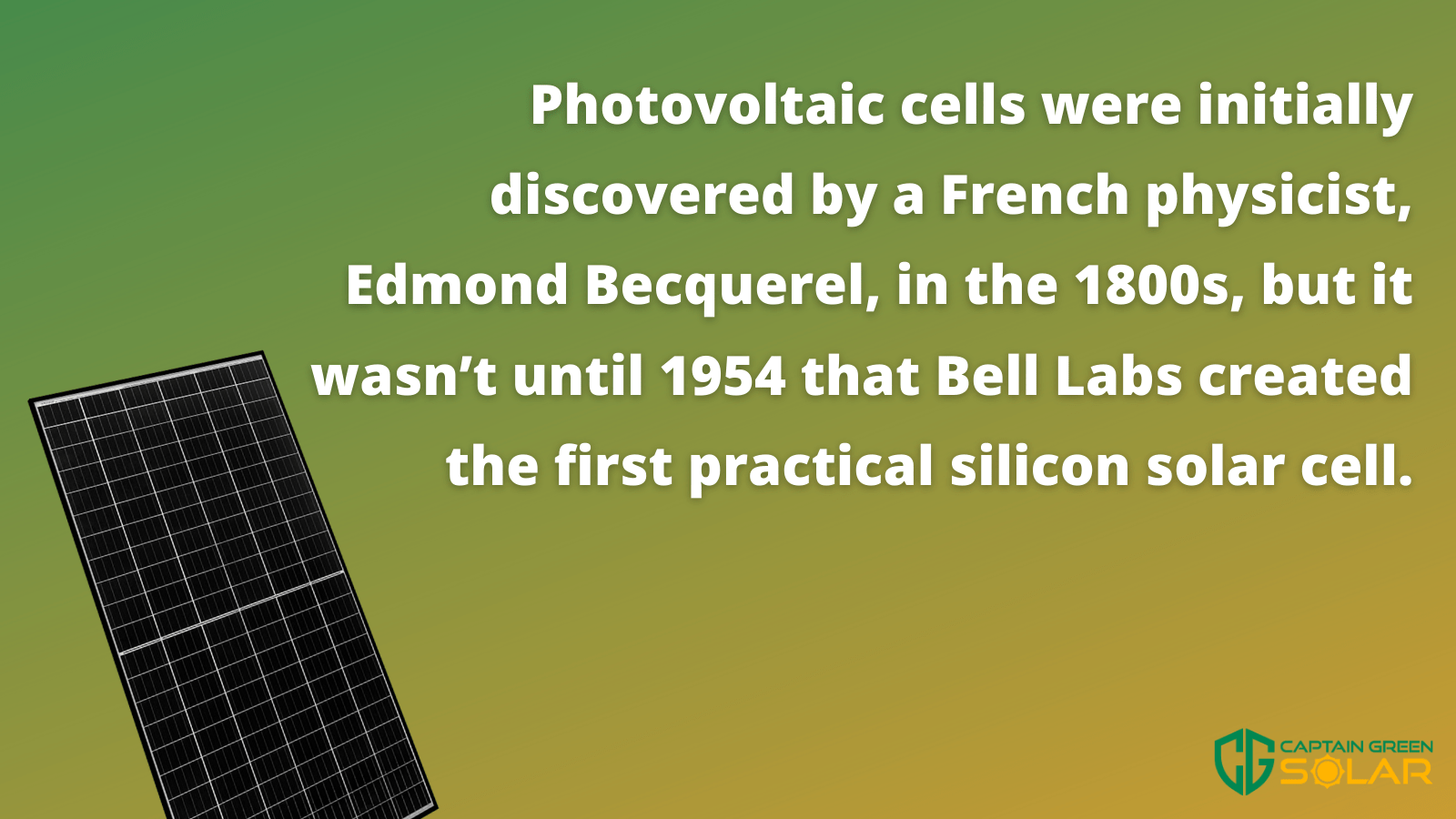
Are Solar Panels Right for You?
Now that we know what are solar panels made of, how are solar panels made, and the science behind solar panels, it’s essential to consider whether solar panel installation is right for you.
We know what is used to make solar panels and that it relies on sunlight to produce energy. Hence, the first and foremost requirement of installing solar panels is to have a roof, or space big enough at the desired location that will be able to get direct sunlight for several hours throughout the day. There’s no point in installing a solar panel in a backyard filled with large trees and foliage that will shade the panel from the sun. Try to find a location where solar panels can lay flat and absorb as much sunlight as possible throughout the day.
The second consideration is your household energy consumption. Several factors will influence your overall energy consumption, including how many people are in the household, the appliances you use, and how frequently they are used. For example, a family of five with an air conditioner is likely to use much more energy than a household of three without air conditioning.
Your location’s climate will also impact the probability of you maximising the electrical output of your solar panels. If you live somewhere that frequently has cloudy days, your solar panels won’t generate as much power as those in a sunny environment. Depending on the household’s space for the panels, it may still be a worthwhile investment in the long term.
Talk to the Solar Panel Experts
We have a unique and fortunate position in Australia, with high exposure to intense sun and plenty of space for solar panels. If you want to install a solar panel system at your home or commercial property, get in touch with the experts at Captain Green Solar to find out more about solar panels made of and start your solar journey sooner, rather than later. You can also use our solar panel calculator to determine the savings you can acquire from installing with Captain Green. We’re available on 1300 361 682.

